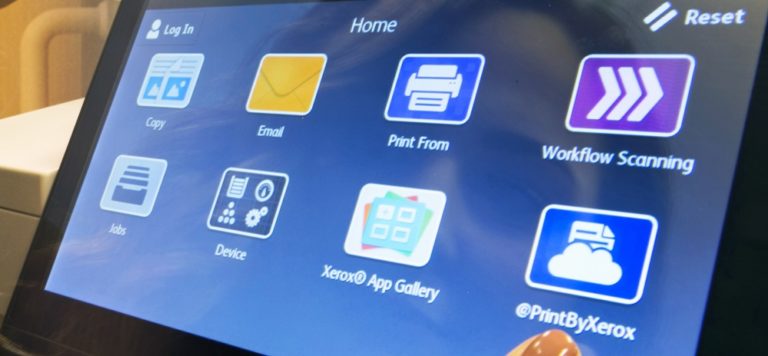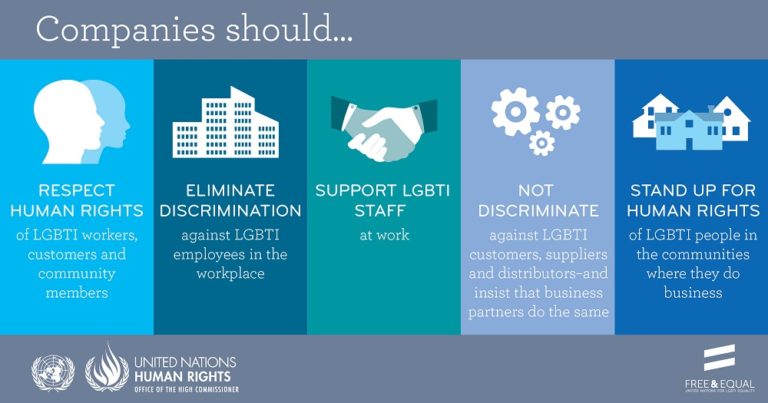By: Ken Philmus, senior vice president, Transportation, Central and Local Government, Xerox
The Philadelphia and Lancaster Turnpike in Pennsylvania is believed to be the nation’s first major toll road. This 62 mile stretch of stone and gravel was completed in 1794 and was called the finest highway of its day. It cost more than $450,000. To recoup its investment and generate revenue, the private company that built the road for the state charged travelers tolls paid at toll gates every ten miles.
We’ve come a long way since then. Roads are no longer for horses and wagons. And we’ve leap-frogged into revolutionary improvements in tolling methods. Depending upon where you live – think E-ZPass, SunPass, FasTrak or Palmetto Pass; paying tolls through an account-based transponder in your vehicle. Tolls are an essential funding mechanism for highways and transportation – but that no longer means you have to stop to pay them!
Xerox didn’t invent the toll road, but we’ve been in the tolling business for decades and we are one of the largest toll collection processers in the US. And we’re continually researching, developing and improving the process while building on past successes. HOT Lanes (high occupancy toll) are one example. They were created to help reduce gridlock in a driver-friendly way, while creating new revenue for road building and maintenance. Simply put, HOT lanes give solo drivers the option to pay to use car pool lanes thus reducing highway congestion without the expense of adding costly new lanes. Xerox is working with the city of Los Angeles to convert their car pool lanes to HOT Lanes.
Historically, tolling was only about funding – it was used to build or expand capacity and toll rates were generally fixed. But today, cities like Los Angeles are using Xerox technology for dynamic pricing to automatically and instantly raise prices when demand is higher and lower them when demand is lower, helping traffic move quicker. So now tolling is a tool for a region to manage their congestion through pricing.
So what’s next on the horizon for making tolling easier, better and more efficient? Xerox is at the 80th annual meeting of the International, Bridge, Tunnel and Turnpike Association (IBTTA) this week talking about what we call intelligent sensing. Enhanced Automated License Plate Recognition (ALPR) and Video Occupancy Detection both employ imaging to simplify toll collections making it more accurate, reliable and enforceable. Accurate ALPR is essential for the next generation of all-electronic tolling to be successful. Xerox technology can help – by more effectively “reading” a license plate for billing or violation enforcement. Occupancy detection allows law enforcement to use cameras to ensure carpool lane restrictions are being followed.
We’ve come a long way in the last 300 years of tolling, particularly in the last few decades. And with the powerful innovation capabilities Xerox now investing in tolling, expect to see dramatic changes in the near future – you can get a sneak peak at the IBTTA conference this week in Orlando.
Ken is a lifelong toll junkie. With more than 40 years of experience in tolling and transportation he is an expert too. If you are ever on “Who wants to be a Millionaire?” and you get a transportation question, make sure Ken is your “phone a friend” option. You’ll be glad you did.


